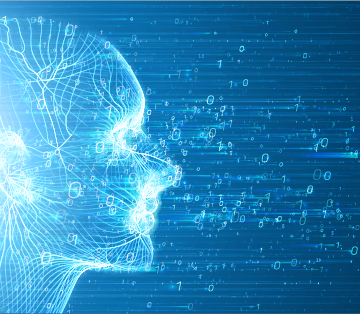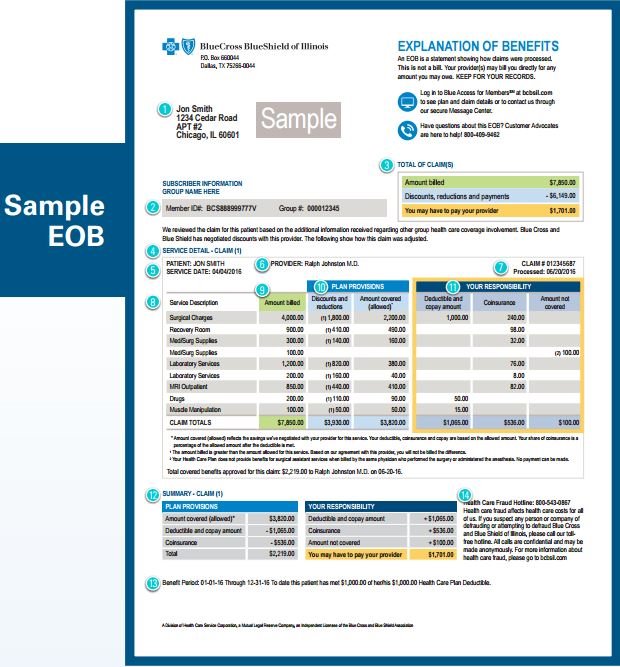Robotics Process Automation vs Artificial Intelligence for RCM
With myriad buzzwords and technologies swarming the healthcare industry, especially in revenue cycle management, it's become even more difficult for many to understand and identify which technologies are the most useful for their particular business or process.
Fear not -- we are here to help cut through the clutter and clarify a topic that has caused much confusion: What is the difference between Robotic Process Automation (RPA) and Artificial Intelligence (AI)?
In an article at Medium, a simple explanation on the difference:
You can think of RPA as a software robot that mimics human actions, whereas AI is concerned with the simulation of human intelligence by machines.
On the most fundamental level, RPA is associated with “doing” whereas AI and ML is concerned with “thinking” and “learning” respectively.

But is it really that simple? NICE provides a more detailed explanation, along with functionality:
Artificial intelligence (AI) is the simulation of human intelligence processes by computer systems, or “machines.” These processes include learning (acquiring information and contextual rules for using the information), reasoning (using context and rules to reach conclusions) and self-correction (learning from successes and failures). Popular applications of AI include image recognition, machine vision, speech recognition, chatbots, natural language generation, and sentiment analysis.
While RPA is used to work in conjunction with people by automating repetitive processes (attended automation), AI is viewed as a form of technology to replace human labor and automate end-to-end (unattended automation). RPA uses structured inputs and logic, while AI uses unstructured inputs and develops its own logic. Combining both RPA and artificial intelligence can create a fully autonomous process.
Now that you have a stronger knowledge of the capabilities of both, it is now important to apply this knowledge to revenue cycle management.
RPA for Revenue Cycle Management
In an article from MedCity News, Eric Nilsson, chief technology office of the SSI group, explains:
RPA holds intriguing potential for revenue cycle. It mimics the actions of revenue cycle staff during insurance verification, prior authorization, claims administration and follow-up, and account segmentation while eliminating human error. RPA also can work on accounts 24/7 and complete tasks at a fraction of the time it takes staff to perform the same work. The impact: increased accuracy and productivity, lower labor costs and a stronger bottom line.
To unpack this further, RPA technologies can be leveraged in a variety of processes and tasks for automation. However, we must remember that RPA uses structured inputs and logic and is not capable of "thinking on its own" so to speak. If the data is fragmented or needs interpretations, RPA is not the right solution. However, for those processes and tasks that are structured and repetitive, RPA can effectively eliminate the need for human labor.

Image Source: Information Age
The article further cautions healthcare leaders on some key issues facing integration of RPA, including how to engage current staff in an RPA-enabled environment, determining the the internal resources needed, and how to measure results. Click here to read the full article.
AI and Machine Learning for Revenue Cycle Management
The applications for Artificial Intelligence and Machine Learning in RCM are for those processes and tasks that require levels of interpretation, or "thinking." Much of the data, inputs, and outputs from providers, payers and their systems are structured differently from source-to-source. With this in mind, RPA would not be able to handle these. However, Artificial Intelligence and Machine Learning technologies have the ability to handle these types of processes and tasks, and do so more efficiently than humans.
Take for instance, processing paper-based remittances and EOBs. Let's take a look at the two sample EOBs below:


When viewing both EOBs, there are different fields containing a significant amount of data.
- For RPA, the documents are structured differently and the data requires interpretation to correctly identify the fields and intepret the data, which RPA is not capable of doing.
- For a human, they will need to view the document, find the relevant information, and manually key in the data into their PMS/HIS, which takes an average of 7 minutes per EOB according to the CAQH Index.
However, AI and Machine Learning is able to automate this process, delivering healthcare payments electronification, by scanning and extracting the data from the fields, interpret the data, and returning an EDI 835 file for providers and RCM servicers for autoposting into their PMS/HIS.

RPA and AI both have their place in RCM. Healthcare leaders need to assess their needs properly in order to determine the right technology for their organization.